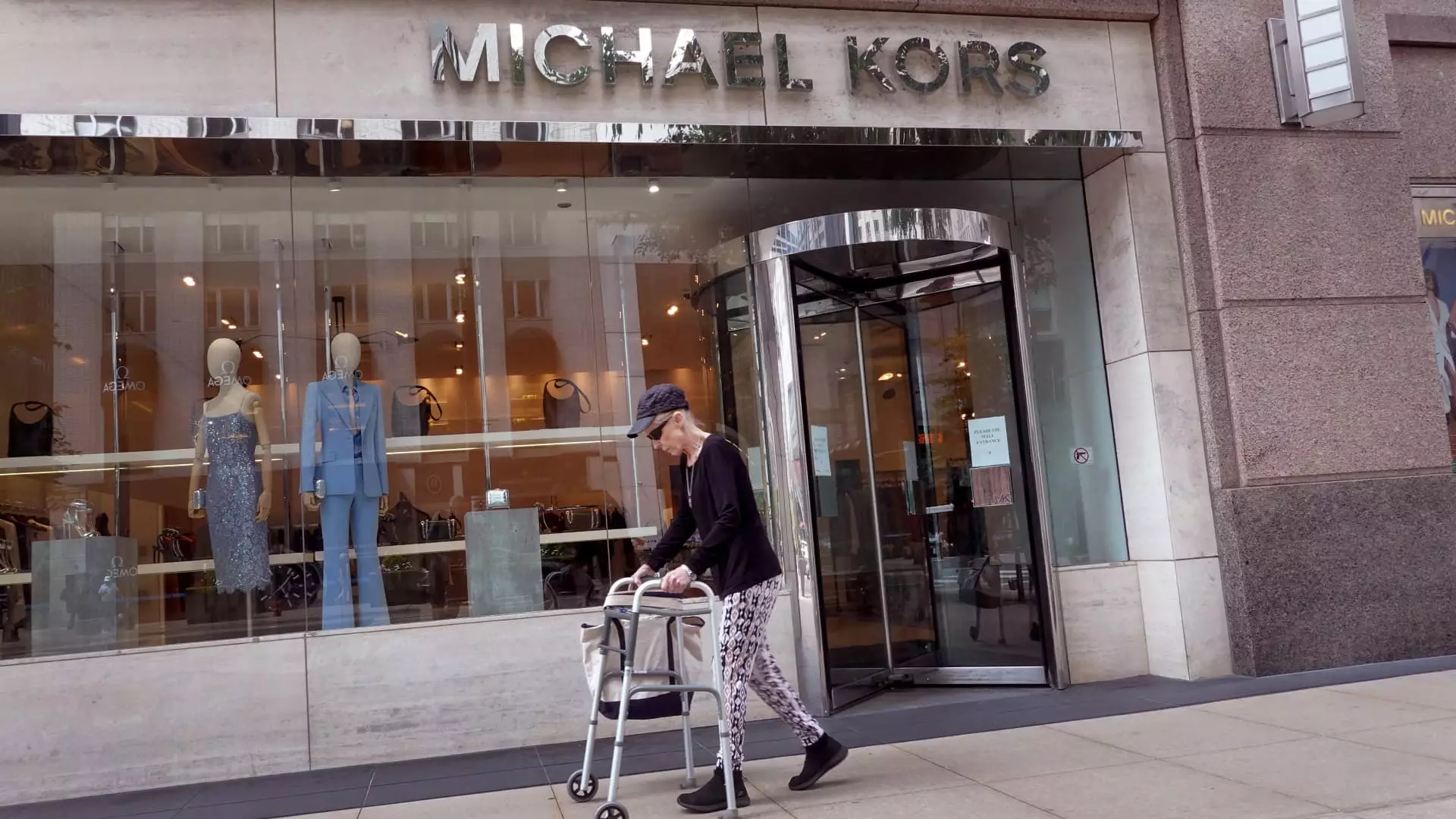In a surprising twist for the luxury fashion industry, the proposed merger between Capri Holdings and Tapestry has been officially terminated. The mutual decision to pull out came after legal challenges posed by the Federal Trade Commission (FTC) made it increasingly clear that regulatory approval was unlikely. Originally announced in August 2023, the $8.5 billion merger aimed to unify two of America’s largest luxury brands: Capri, with its iconic labels like Versace and Michael Kors, and Tapestry, home to Coach and Kate Spade. This deal, which promised to create a powerhouse in the luxury market, has now vanished, leaving both companies to reconsider their paths in a highly competitive realm.
The FTC’s intervention was a significant factor in the merger’s downfall, citing concerns that the deal would undermine consumer benefits and negatively affect employee welfare. This was not a small matter; regulatory bodies have increasingly scrutinized mergers in sectors where market consolidation could lead to reduced competition. Their lawsuit was a pivotal moment, propelling Tapestry and Capri into the spotlight of a contentious legal battle. A recent ruling in favor of the FTC granted a preliminary injunction, effectively stalling any attempts to unite the two luxury giants, which resulted in Tapestry’s softened outlook on the merger.
Capri’s CEO, John Idol, expressed confidence in the company’s future even in the aftermath of the merger’s cancellation. In a recent statement, he emphasized that Capri would now redirect its focus toward revitalizing its flagship brands. The challenges are significant, particularly for Michael Kors, which has seen a notable decline in sales. Analysts note that the luxury retail sector is highly volatile, with consumer preferences shifting toward brands that offer unique value and experiences. As such, Capri’s strategy of enhancing brand desirability and engaging consumers across multiple channels appears timely and necessary.
Financial Implications and Stock Market Reactions
Following the cancellation, Tapestry announced that it plans to invest the resources previously intended for the merger into a substantial stock repurchase program, valued at $2 billion. This maneuver signals a shift in Tapestry’s growth strategy from mergers and acquisitions to organic development. Investors reacted positively to this approach, as indicated by a significant uptick in Tapestry’s stock value post-announcement. Conversely, Capri’s shares plummeted, reflecting the market’s skepticism regarding its standalone growth prospects in contrast to what was anticipated under a merged entity.
The Market’s Sentiment Shift
The sentiment among investors appears to have soured on the merger well before its official conclusion. Concerns regarding potential overvaluation of Capri, particularly in light of its declining business performance, have been echoed by numerous analysts. This skepticism likely contributed to the drop in Capri’s stock value and raised questions about the viability of its business model. Tapestry’s stock, on the other hand, saw a positive response, emphasizing market confidence in its independent growth strategy and ability to navigate challenges without a merger partner.
As Capri and Tapestry embark on separate paths, the future of the luxury fashion industry may hang in the balance, affected by their decisions. Both brands will need to adapt swiftly to a changing market in order to regain momentum. While the merger may have offered a seemingly powerful alliance, the reality is that each company must now recalibrate its focus on innovative branding, enhancing consumer experiences, and addressing operational challenges head-on.
The road ahead will demand not just resilience but a commitment to evolving business models that can respond to the dynamic landscape of luxury retail. As the dust settles from this significant disruption, both Capri and Tapestry have the opportunity to redefine their identities and embark on new strategies for growth, ultimately shaping the future of luxury fashion in an era that prizes uniqueness and consumer engagement.

Leave a Reply